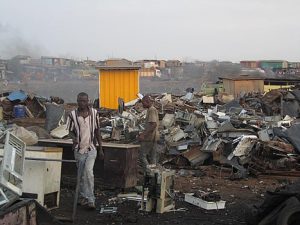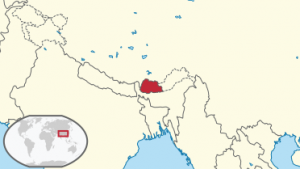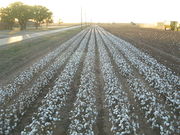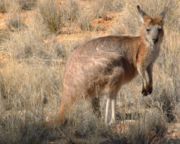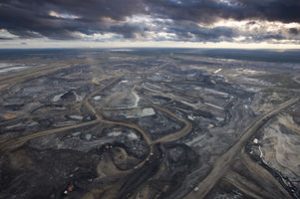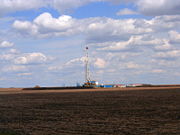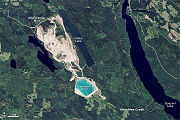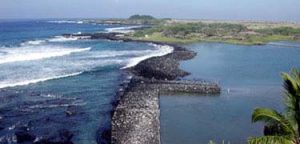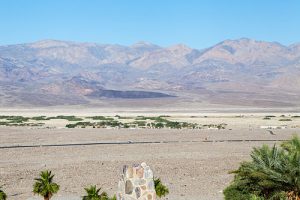The story of Canada’s digital dumping ground
Every year we contribute exuberant amounts of waste to our landfills. One of the largest global contributors to that waste comes from our electronics, also known as e-waste. In 2016 alone approximately 44.7 million metric tonnes of e-waste were created. By 2020, it is predicted that that amount will increase by 17% and we will create approximately 52.2 million metric tonnes of e-waste annually throughout the world
Cultural Keystone Places: conservation and restoration in Bhutan
Bhutan, a small country between China and India in Southern Asia, is known to the Bhutanese as Druk-yul (which means “Land of the Thunder Dragon”). It is made up mostly of mountainous terrain, but also includes valleys that contain either forests or agricultural land. Additionally, as it is a small and landlocked country there are limited resources to attain clean water.
Analysis of Community Based Natural Resource Management (CBNRM) in Namibia
Community Based Natural Resource Management programs, which aim to involve local people in the management of natural resources, have been implemented in Namibia with mixed results…
Ecological and social costs of cotton farming in Egypt
Cotton is the most widespread, profitable non-food crop in the world. Over the past century and a half Egyptian cotton has earned a global reputation as being of the highest lint quality when compared to other cotton products grown elsewhere …
Caring for country: Australian Aborigines and natural and cultural resource management
The government of Australia has carried out numerous acts to ensure the protection and conservation of Aboriginal land, and culture…
Fort McKay First Nation’s involvement in reclamation of Alberta’s oil sands development
ocated within the boreal forest of northern Alberta, the Cree, Dene and Me´tis community of Fort McKay lies at the center of a large-scale oil sands extraction area. In the past decade, the influence of oil sands development to Fort Mckay on land, water, air, and health aspects and the communities’ legal and political has led to their participation in the oil sands development.
Hydraulic fracturing (fracking): social and environmental costs in Alberta
Hydraulic fracking is the process of accessing what was considered to be inaccessible natural gas and oil found in shale formations, through the use of horizontal drilling, modern technology…
Mineral mining versus local peoples’ rights in British Columbia, Canada
British Columbia encompasses the greatest section of the Canadian Cordillera mountain range, which is the Pacific section of the North American Cordillera. This mountain range is extremely rich in minerals, which attracts many mining companies to establish extraction projects in the western province. The most common materials extracted, produced, and exported are coal, copper, gold, zinc, silver, molybdenum, lead, and industrial minerals.
Restoring a part of Hawai’i’s past: Kaloko fishpond restoration
The Kaloko fishpond, one of the three ponds under protection by the Kaloko-Honokohau National Park is located on the Big Island of Hawai’i. Traditionally, the fishpond served as a nursery for fish to grow in, and when they reached maturity, were then harvested for food. The success of the fishpond’s kuapa (seawall) served as a testament to the Hawaiians’ skill and understanding of their natural land.
The Timbisha Shoshone Indigenous People and Death Valley National Monument, USA
Anthropologists have found evidence of an indigenous presence in Death Valley dating as far back as 1,000 years. Therefore, in terms of what can be classified as ‘time immemorial’, the Timbisha Shoshone…
